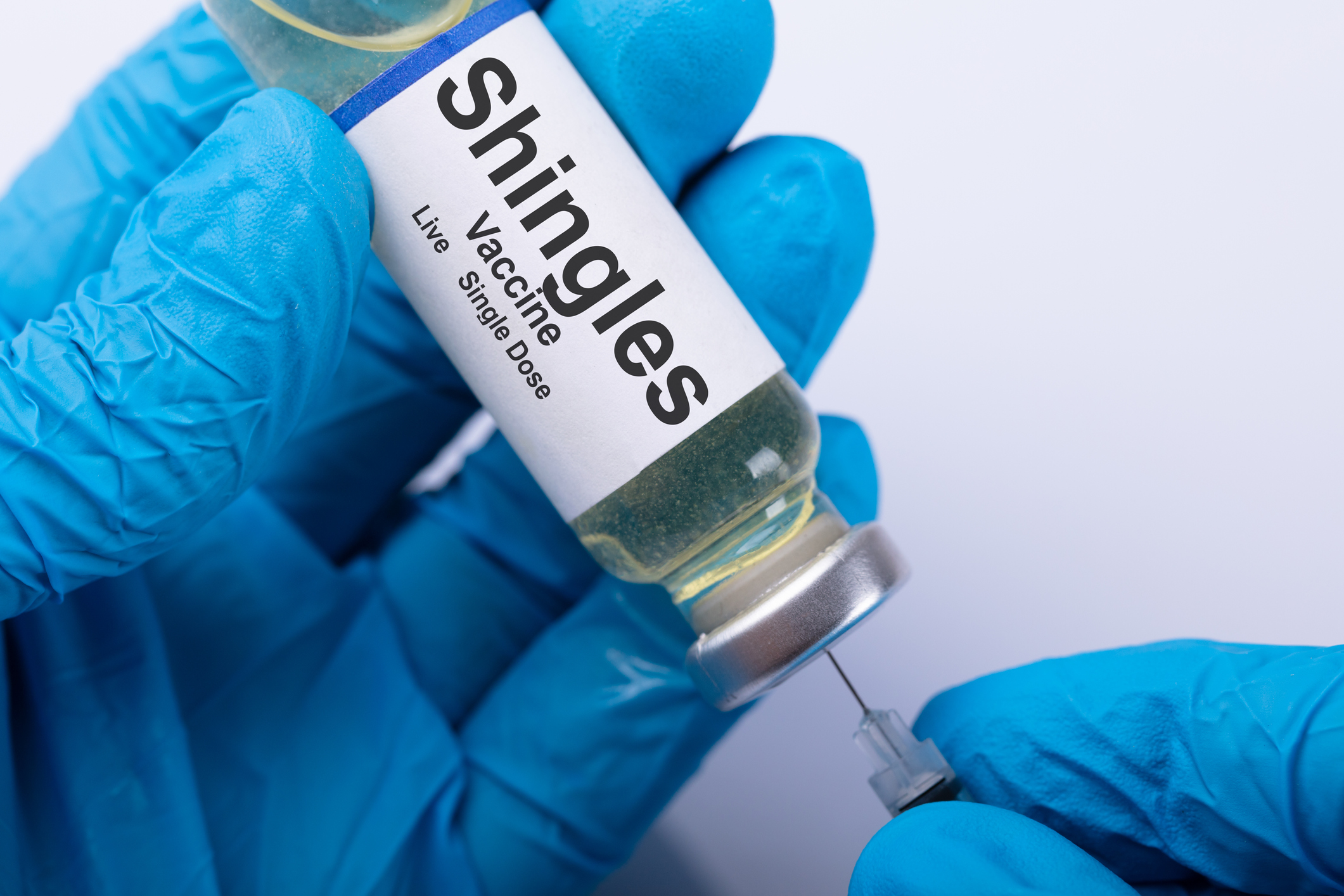During cold and flu season, older adults are strongly advised to get their annual flu shot as well as the pneumococcal vaccine, if recommended by their doctor. Adults over the age of 50 are also advised to be vaccinated against shingles, a painful rash caused by the same virus as chickenpox. But the new Shingrix vaccine, approved by the Food and Drug Administration in 2017, is in short supply as demand has outstripped production.
According to the Centers for Disease Control and Prevention, the two-dose Shingrix vaccine is about 97 percent effective in protecting healthy older adults between 50 and 69 against shingles. It is 91 percent effective in adults over the age of 70. The previous Zostavax vaccine was only about 51 percent effective and recommended for healthy adults over the age of 60.
If you are planning on getting the Shingrix vaccine this season, it’s important to call your pharmacy ahead of time; many are out of stock but are starting a patient waiting list as a limited supply is expected in mid-December.
Shingrix is manufactured by GlaxoSmithKline in the United States and Europe and takes somewhere between six to nine month to produce and reach pharmacies. If you are over 60 and cannot find Shingrix, it’s probably a good idea to go ahead and get the Zostavax vaccine. You can still receive Shingrix when it becomes more widely available.
You can start your search for the vaccine at vaccinefinder.org but be sure to call ahead as well to verify the pharmacy listed does indeed have the vaccine.
Shingles can be very painful and result in complications if left untreated, especially if the rash develops near an eye. Adults with chronic illness or a weakened immune system are a greater risk for developing shingles. Seek medical treatment to help shorten the duration of a shingles infection at the first sign of symptoms that may include:
- Pain, burning, numbness or tingling
- Sensitivity to touch
- A red rash that begins a few days after the pain
- Fluid-filled blisters that break open and crust over
- Itching
Source: Mayo Clinic
Fever, headache, sensitivity to light and fatigue are also experienced by some people. Pain is usually the first symptom of shingles. Learn more by following this link to the Mayo Clinic website.






Add Your Voice
0 Comments
Join the Discussion